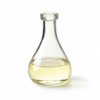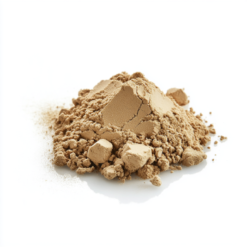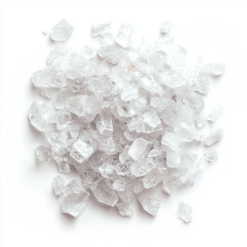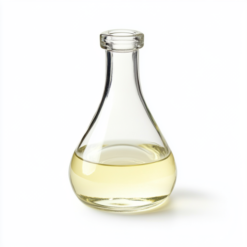Properties and effects of mandelic acid:
Reduction of hyperpigmentation – mandelic acid lightens various types of hyperpigmentation, such as that caused by the sun (sun spots), hormonal changes, acne, aging processes.
Its brightening effect is based on inhibiting the activity of tyrosinase, which is a key enzyme in the production of melanin (melanogenesis). Smoothing action – mandelic acid has the ability to stimulate the synthesis of glycosaminoglycans (GAGs) and promote the production of collagen and elastin.
This ultimately leads to smoother skin and a reduction in the appearance of wrinkles. Skin exfoliation – mandelic acid belongs to the AHA group, so it has a keratolytic effect – it exfoliates dead epidermal cells, loosening the bonds between them and the intercellular cement.
This process promotes cell renewal, unblocks the outlets of the sebaceous glands, thus preventing the formation of blackheads and inflammation.
Thanks to its large molecules, it penetrates the skin gradually, acting more gently than other AHA acids, so it also works well for sensitive skin. Skin tone equalization – gentle exfoliation of the epidermis leads to the removal of dead cells, which can be the cause of uneven skin tone.
Regular use of mandelic acid evens out skin tone in cases of post-inflammatory hyperpigmentation, freckles and chloasma.
Application
Products with mandelic acid are especially recommended for problematic skin, oily, combination, acne-prone skin, as well as mature, dry and tired skin.
It is a mild acid that can be used by people with sensitive and vascular skin, as well as during pregnancy, provided that the concentration of the acid does not exceed 10-15%.
It is recommended to use mandelic acid in the evening, after thoroughly cleansing the skin, due to its photosensitizing properties.
Be sure to protect the skin from UV radiation during the day, using creams with high sunscreen.
Mandelic acid is one of the milder AHAs, but its use may cause irritation in people with sensitive skin or if used incorrectly.








